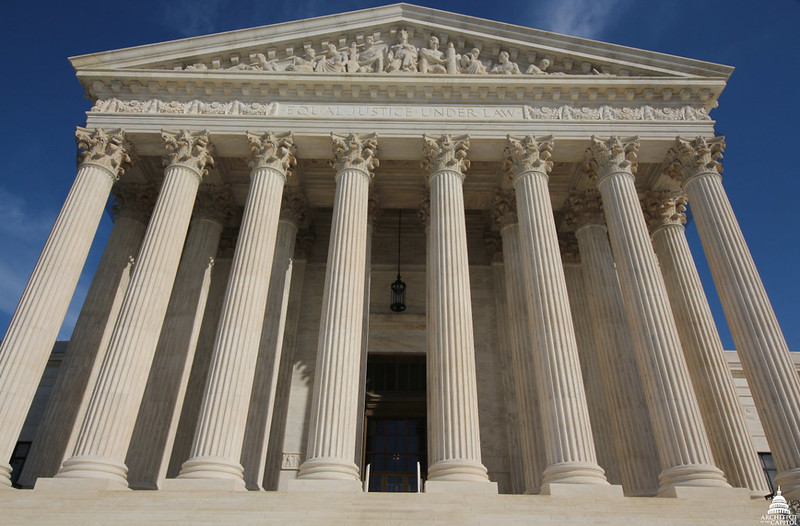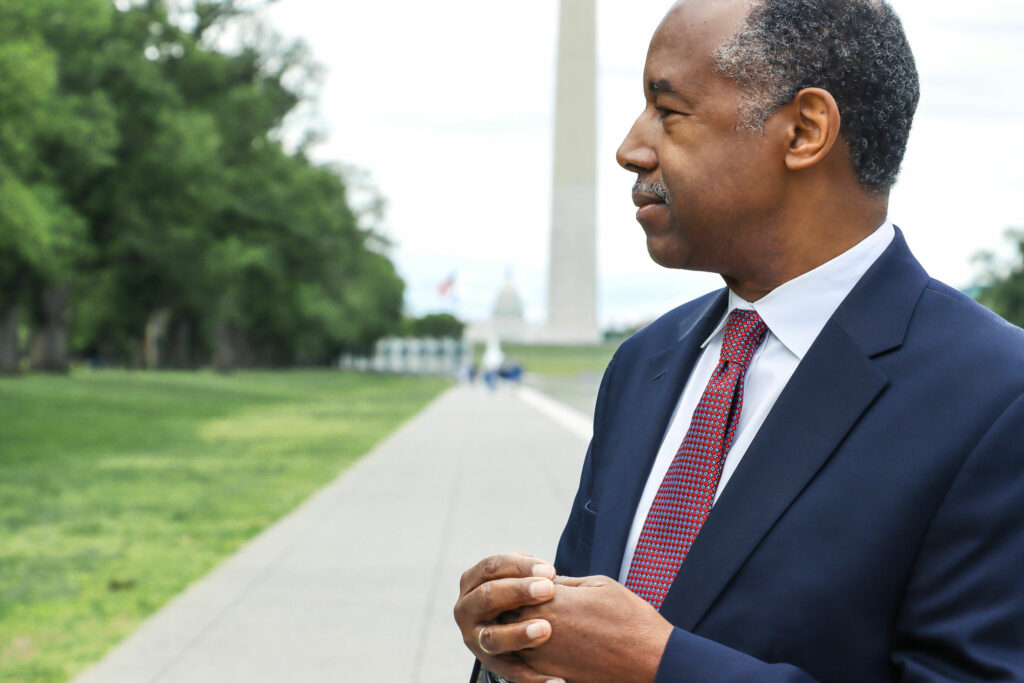 This Common Sense Solutions paper will explain the “disparate impact” legal standard to our readers and demonstrate how disparate impact is an invention of the Court that erodes personal freedom, increases regulatory costs, and expands the modern bureaucratic state to root out racism—even where none exists.
This Common Sense Solutions paper will explain the “disparate impact” legal standard to our readers and demonstrate how disparate impact is an invention of the Court that erodes personal freedom, increases regulatory costs, and expands the modern bureaucratic state to root out racism—even where none exists. Disparate impact first became a part of American law in a 1971 case called Griggs v. Duke Power. The issue was Duke Power Company’s requirement that its employees possess a high school diploma for promotion to higher-paying roles because, on the whole, these requirements would disproportionately impact African American employees, who had lower high school graduation rates than their counterparts. Here, the new “disparate impact” legal standard was born, even though such a standard exists nowhere in actual law. The Supreme Court ruled that even though this high school diploma requirement wasn’t racially discriminatory in itself, it was still in violation of the Civil Rights Act because it had a disproportionate effect on protected racial groups—even with no outright showing of racial discrimination on behalf of Duke Power Company. In other words, a practice can now be determined “racist” if it affects groups differently, even if no racism is shown to exist!
The Supreme Court further expanded disparate impact in a case called Texas Department of Housing and Community Affairs v. Inclusive Communities Project, Inc., in 2015. Here, the court held that disparate impact as a legal standard should apply not just to employment law but also to housing law. In this case, the Court clarified that disparate impact applies to the consequences of an action, not the intent—and that once a factual basis for the existence of a disparate impact is established, the burden of proof lies with the defendant to show that this practice is necessary to achieve a “substantial, legitimate, nondiscriminatory interest.”
This new concept represented a fundamental transformation of Civil Rights law. No longer does one have to overtly discriminate against protected groups to be found in violation of civil rights—now, one can accidentally violate the law by implementing a process or policy that is facially neutral but may have disproportionate effects on certain racial groups. Furthermore, the concept of “innocent until proven guilty” is flipped on its face. Once any disparity is shown to exist, the individual is now “guilty until proven innocent” and bears the burden of proof in court.
Obviously, this standard is a problem for free association because people are different. In fact, that is one of the foundational benefits of a free and open system, which lets people foster their unique skills and talents according to their abilities. The simple reality is that any policy one envisions will ultimately have different impacts on certain groups because people are not all the same.
Disparate impact standards also lead to bizarre and counterproductive outcomes in the real world. For example, Dr. Ben Carson penned an OpEd when he was Secretary at the U.S. Department of Housing and Urban Development, which highlighted the example of a city that was sued for its rat removal policy in housing because rat removal would allegedly raise housing prices for minority groups at a disparate rate. Here, Dr. Carson pointed out, was one of many examples where disparate impact was hurting those it claimed to help.
Such arbitrariness in law chills the market and becomes a political weapon for the left. Ambiguous disparate impact standards chill the market because the threat of litigation leads business owners to shy away from business-related conduct. Arbitrariness in enforcement means that this is a cudgel that the left can use as lawfare against their political opponents.
Luckily, there is some support for reversing disparate impact, even at the Supreme Court. For example, Justice Clarence Thomas, dissenting in Texas Department of Housing, argued that he would not “amplify [the] error” of disparate impact and that the Court should “drop the pretense that Griggs’ interpretation…was legitimate.” Constitutionalists, originalists, and indeed all Americans who believe in liberty from excessive and arbitrary regulations should hope that the Supreme Court gets an opportunity to review disparate impact as a legal policy and that the Court’s originalists vote to restore Civil Rights law as it was initially constructed.
